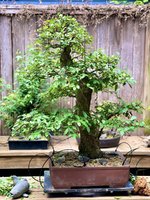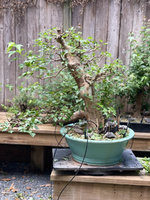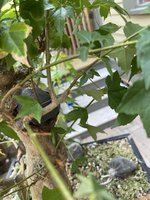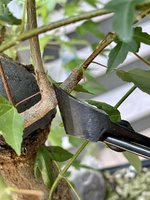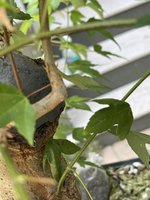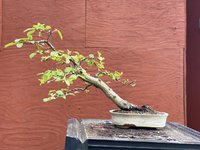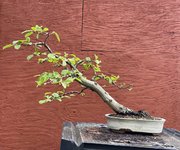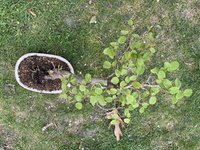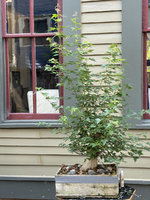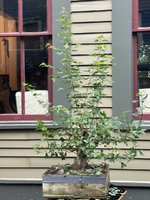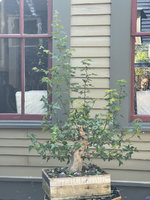With respect, my advice would be to take your time before starting to pinch new growth. A common mistake that many make is that they tend to rush to the refinement stage and spend far too little time building branch structure. On deciduous trees, this can be a process that takes quite a number of years. Pinching will build twiggy growth at the branch ends, but the tree slows down significantly. Not specifically referring to your tree, but I often feel as though I look at many that have been diligently pinched and defoliated for years and I can only think that if it were mine, I’d probably be starting over. I’d aim for the following:
- Primary branches built with movement and taper.
- Primary branches should exit the trunk systematically - they should be at a lower angle toward the base and a progressively higher angle toward the apex
- Primary branches should have the largest caliper on the lower part of the tree and they should decrease in caliper toward the apex.
- Substantial taper on the lower branches - I like them to look mature
- At a minimum, the secondary and tertiary ramification should be in place. Secondary branches should be thicker toward the trunk and thinner toward the apex.
- A broad, dome shaped canopy
Once all that was built, I’d start pinching to build twiggy growth at the branch ends. On the elm above, I spent about 7 years building structure before I started pinching and, on that tree, I was not starting from zero. Some of my tridents have developed a bit faster - I have two I’ve started pinching and partial outer canopy defoliation. Those started from no branches and I had the structure in place after about 6 years or so. I’d also point out that I have a 10 month growing season here in Houston.
Anyway - that‘s my 2 cents, for what it’s worth.
- S

